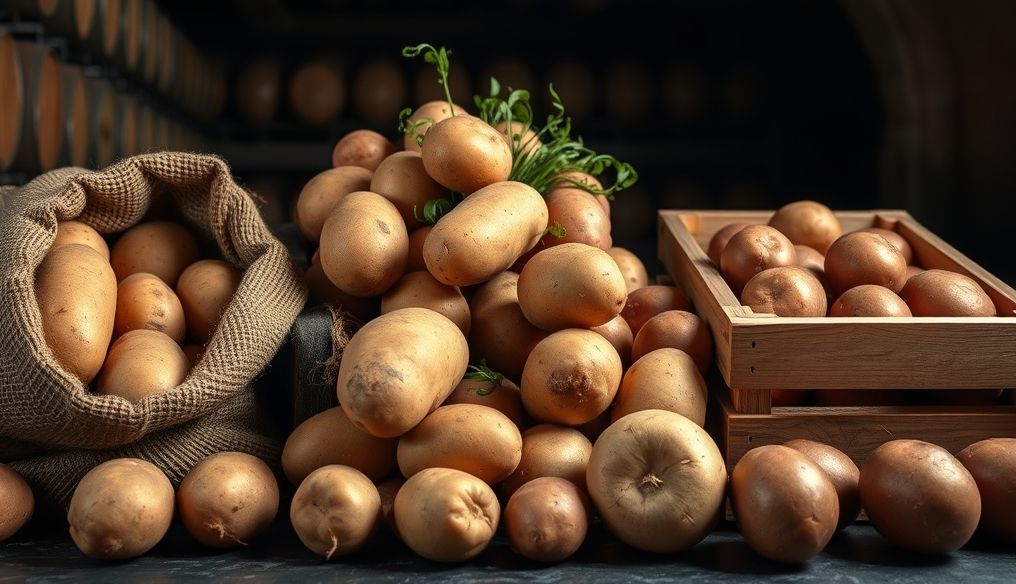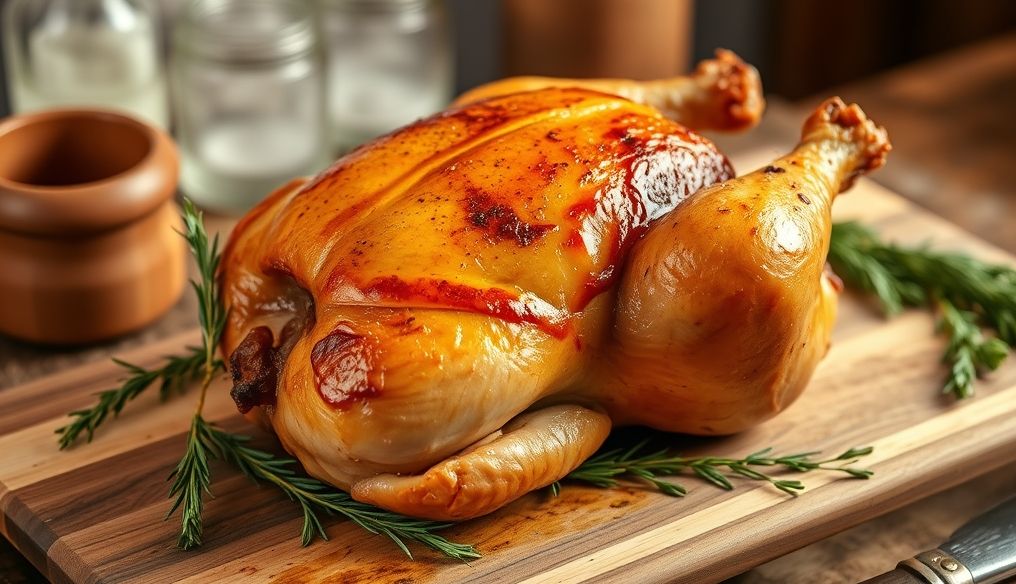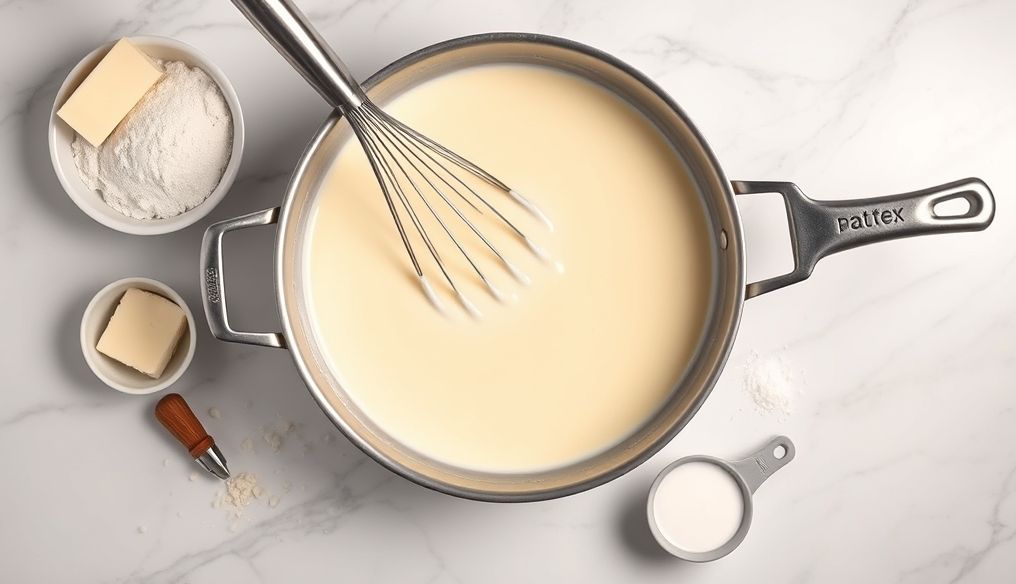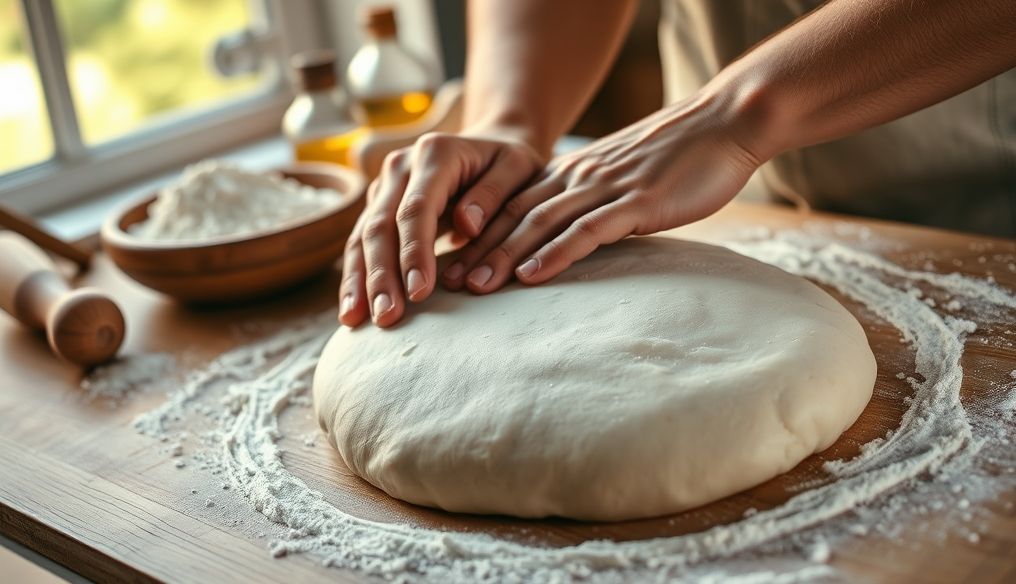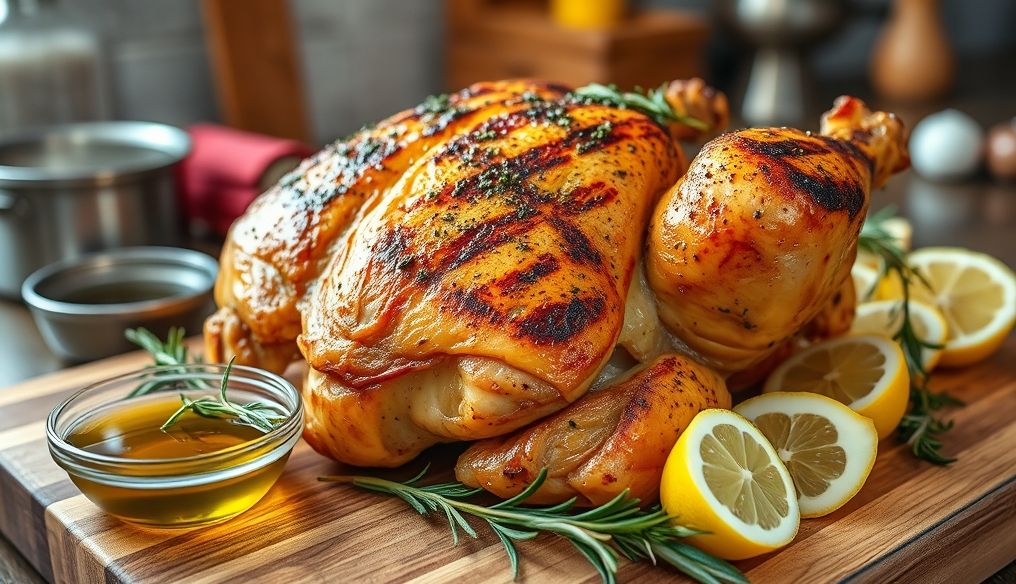What is the best way to store potatoes and prevent them from sprouting?
Potatoes are a staple vegetable in many households, but storing them properly can be a challenge. Improper storage can lead to sprouting, wrinkling, and even rotting. Fortunately, there are simple and effective ways to keep potatoes fresh and delicious for longer.
Chapter 1: Understanding the Potato Life Cycle and Spoilage Factors
Potato Life Cycle After Harvest
After potatoes are harvested, they continue to respire and live. This process causes moisture loss and converts starch into sugar, affecting their taste and texture. Sprouting is a sign that the potato is trying to grow, which consumes more of its stored energy.
Factors Affecting Potato Spoilage
- Light: Stimulates the production of solanine, a toxic substance that gives potatoes a green color and bitter taste.
- Humidity: High humidity encourages the growth of mold and bacteria, leading to rot.
- Temperature: High temperatures accelerate sprouting, while very low temperatures can cause chill damage to the potatoes.
- Ventilation: Good ventilation helps prevent moisture buildup and reduces the risk of rot.
Chapter 2: Ideal Conditions for Potato Storage
Ideal Temperature
The best temperature for storing potatoes is between 45°F (7°C) and 50°F (10°C). This temperature slows down sprouting and preserves the starch in the potatoes. Storing potatoes in the refrigerator is not recommended because the extreme cold converts starch into sugar, affecting their taste when cooked.
Appropriate Humidity
The humidity should be relatively high, around 80-90%. This humidity prevents the potatoes from drying out and wrinkling. However, avoid excessive humidity, which can lead to rot.
Complete Darkness
Potatoes should be stored in a completely dark place to prevent the production of solanine. Light stimulates the production of this toxic substance, making the potatoes unfit for consumption.
Good Ventilation
Ensure good ventilation in the storage area. Use bags or boxes with ventilation holes to ensure airflow and reduce moisture buildup.
Chapter 3: Different Methods of Storing Potatoes
Storage in Paper or Burlap Bags
Paper or burlap bags allow air to circulate and prevent moisture buildup. Avoid using plastic bags because they trap moisture and increase the risk of rot.
Storage in Wooden or Plastic Crates with Ventilation Holes
Wooden or plastic crates with ventilation holes provide good ventilation and protect the potatoes from pressure and damage. A layer of paper or burlap can be placed at the bottom of the crate to absorb excess moisture.
Storage in a Cellar or Cool, Dark Storage Room
If you have a cellar or a cool, dark storage room, this is the ideal place to store potatoes. Ensure that the temperature and humidity are suitable and that the area is completely dark.
Storage in the Refrigerator (as a Last Resort)
If you don't have a cool, dark place to store potatoes, you can store them in the refrigerator as a last resort. However, be aware that the extreme cold will affect their taste. Before cooking, leave the potatoes at room temperature for a few hours to improve their flavor.
Chapter 4: Tips to Prevent Potato Sprouting
Removing Small Sprouts
If the potatoes start to sprout, remove the small sprouts immediately. This helps slow down the sprouting process and maintain the quality of the potatoes.
Storing Potatoes Away from Apples and Onions
Apples and onions produce ethylene gas, which accelerates the sprouting process in potatoes. Therefore, potatoes should be stored away from these fruits and vegetables.
Using Peppermint Oil
Spraying a small amount of peppermint oil on the potatoes can help prevent sprouting. Peppermint oil contains natural compounds that slow down the growth process.
Regularly Checking the Potatoes
Regularly inspect the potatoes to ensure there are no signs of damage or rot. Remove any damaged potatoes to prevent the spread of spoilage to other potatoes.
Chapter 5: Signs of Potato Spoilage and How to Deal with Them
Green Color
If the potatoes have a green color, it means they contain a high level of solanine. These potatoes should be discarded as they may be toxic.
Large Sprouts
If the sprouts are too large, it means the potatoes have lost much of their nutritional value. Large sprouts can be removed, and the potatoes can be used if they are still firm and free of mold.
Wrinkling
Wrinkling indicates that the potatoes have lost a lot of moisture. These potatoes can be used for cooking if they are still firm and not rotten.
Rot
If the potatoes are rotten, they should be discarded immediately. Rot can spread quickly to other potatoes and make them unfit for consumption.
Chapter 6: Recipes to Use Potatoes Before They Spoil
Potato Soup
Potato soup is a great way to use potatoes that are starting to wrinkle. Other ingredients such as onions, leeks, and garlic can be added to add extra flavor.
Mashed Potatoes
Mashed potatoes are a classic side dish that can be easily prepared using potatoes that are starting to soften. Milk, butter, salt, and pepper can be added for flavor.
Potato Pancakes
Potato pancakes are a delicious way to use leftover potatoes. Eggs, flour, onions, and spices can be added to prepare delicious fried pancakes.
Roasted Potatoes
Roasted potatoes are a simple and delicious way to prepare potatoes. Potatoes can be cut into cubes or slices, mixed with olive oil, herbs, and spices, and then roasted in the oven.
Chapter 7: Long-Term Storage of Potatoes
Drying
Drying potatoes is an effective way to store them for a long time. Potatoes can be cut into thin slices and dried in a food dehydrator or in the oven at a low temperature.
Freezing
Freezing potatoes is another way to store them for a long time. The potatoes should be blanched first and then frozen in airtight bags.
Pickling
Pickling potatoes is an unconventional way to store them. Potatoes can be cut into cubes or slices and pickled in a solution of vinegar, salt, sugar, and spices.
Chapter 8: Common Mistakes in Potato Storage to Avoid
Storing Potatoes in Plastic Bags
Plastic bags trap moisture and increase the risk of rot. Paper or burlap bags should be used instead.
Storing Potatoes Near Apples and Onions
Apples and onions produce ethylene gas, which accelerates the sprouting process in potatoes. Potatoes should be stored away from these fruits and vegetables.
Storing Potatoes in a Warm, Humid Place
Warm and humid places encourage the growth of mold and bacteria. Potatoes should be stored in a cool, dry, and dark place.
Not Checking Potatoes Regularly
Potatoes should be checked regularly to ensure there are no signs of damage or rot. Remove any damaged potatoes to prevent the spread of spoilage to other potatoes.
By following these tips and guidelines, you can enjoy fresh and delicious potatoes for longer and reduce food waste in your home.
